Classical Rajasthan with Golden Triangle
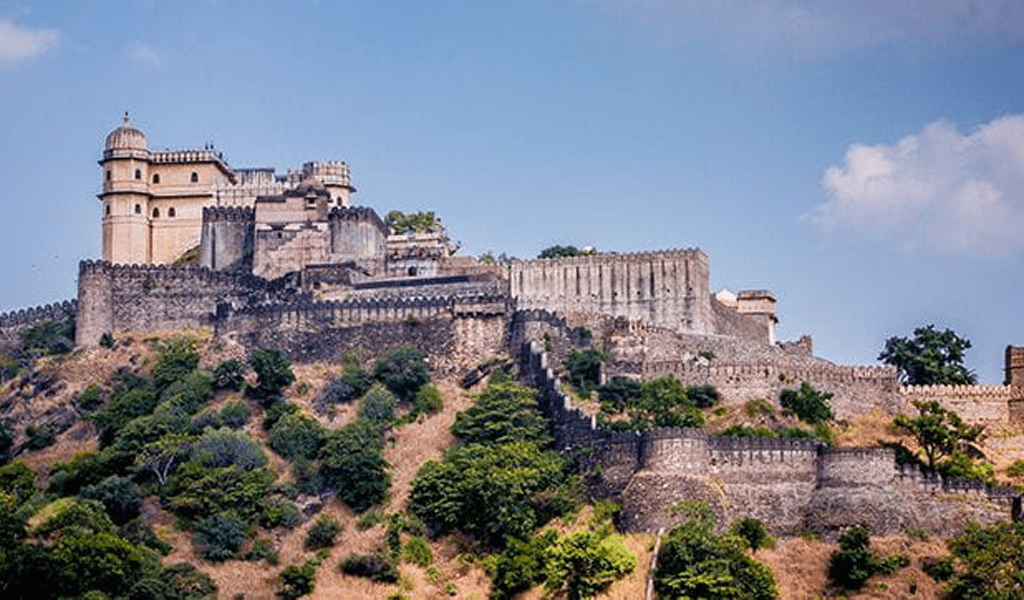
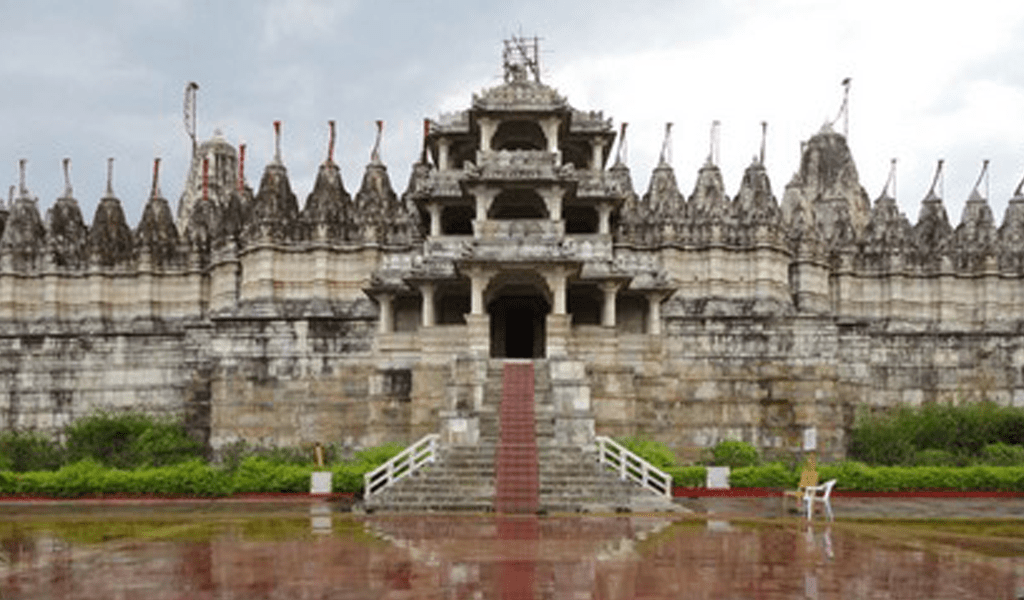
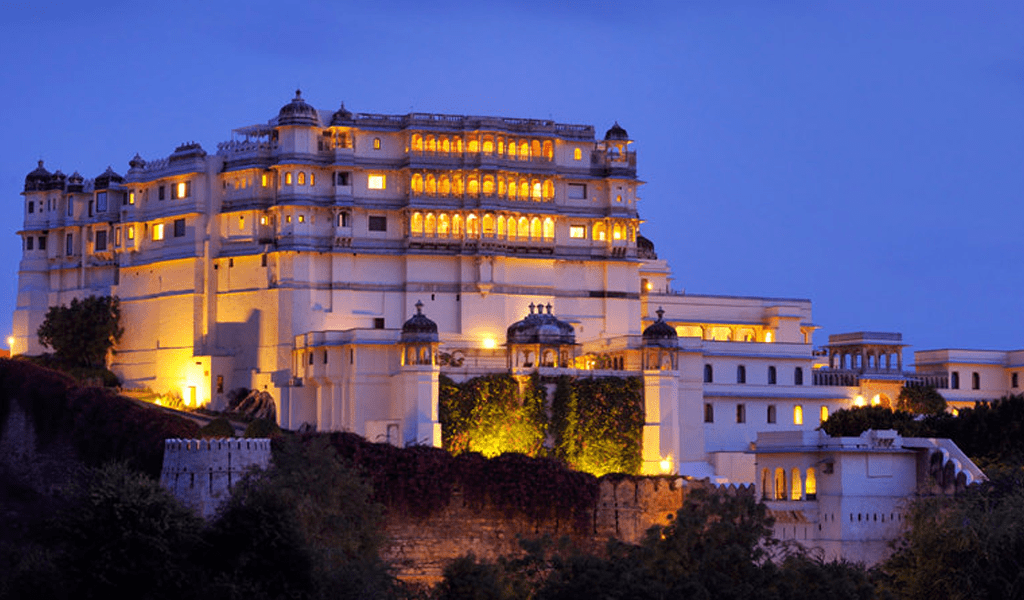
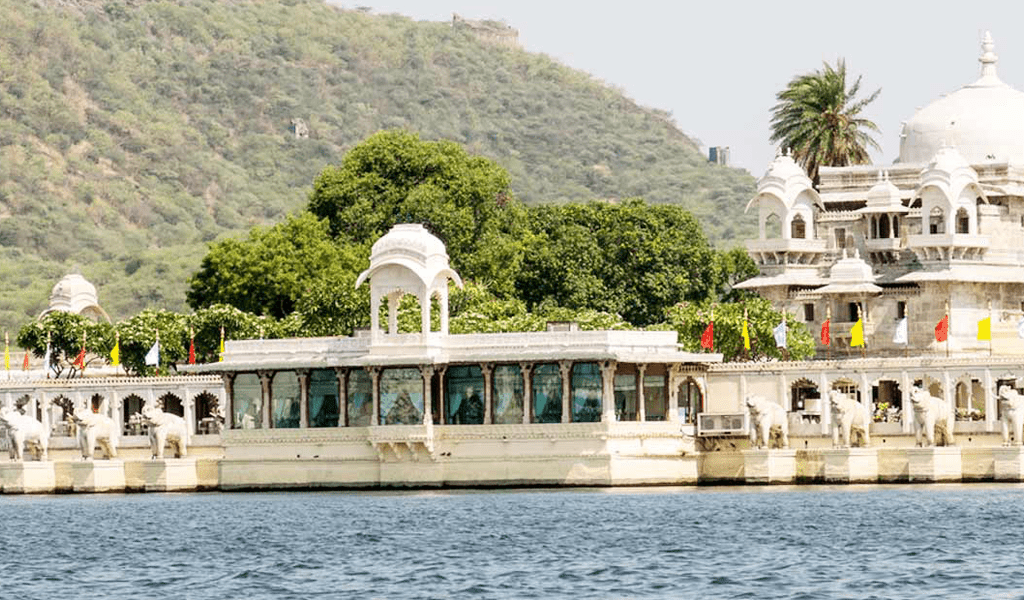
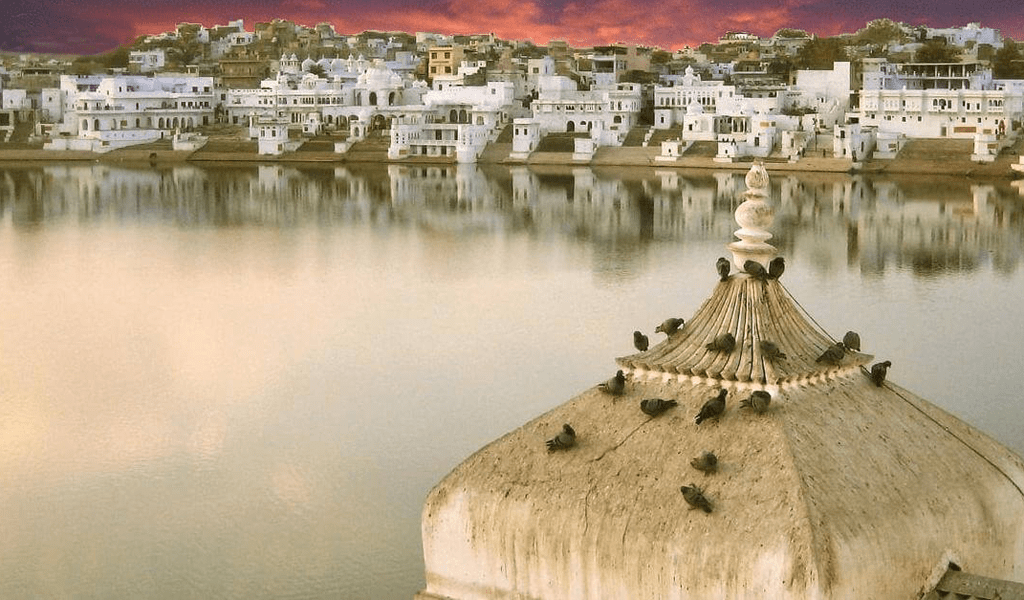
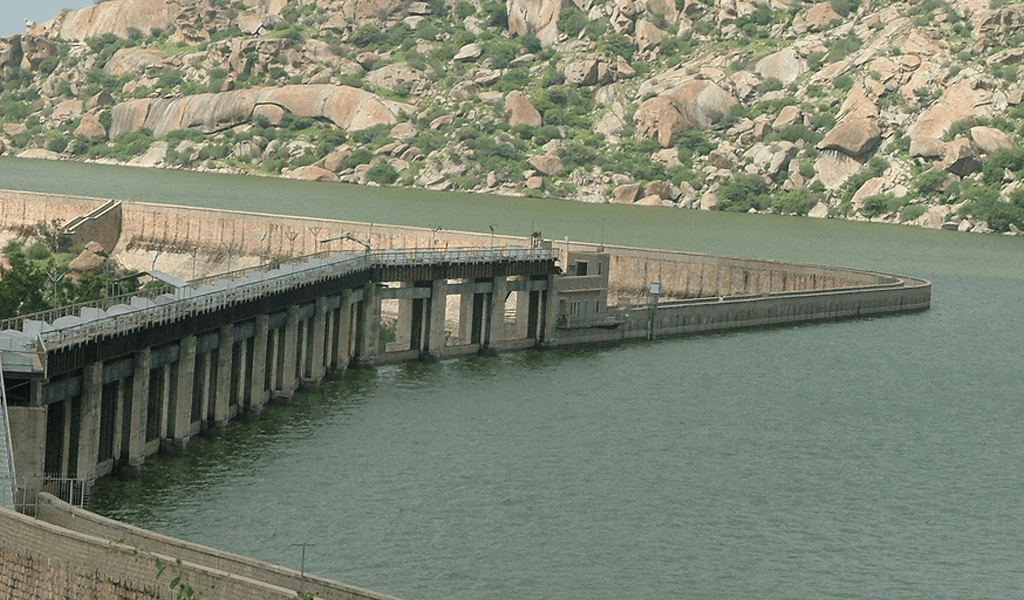
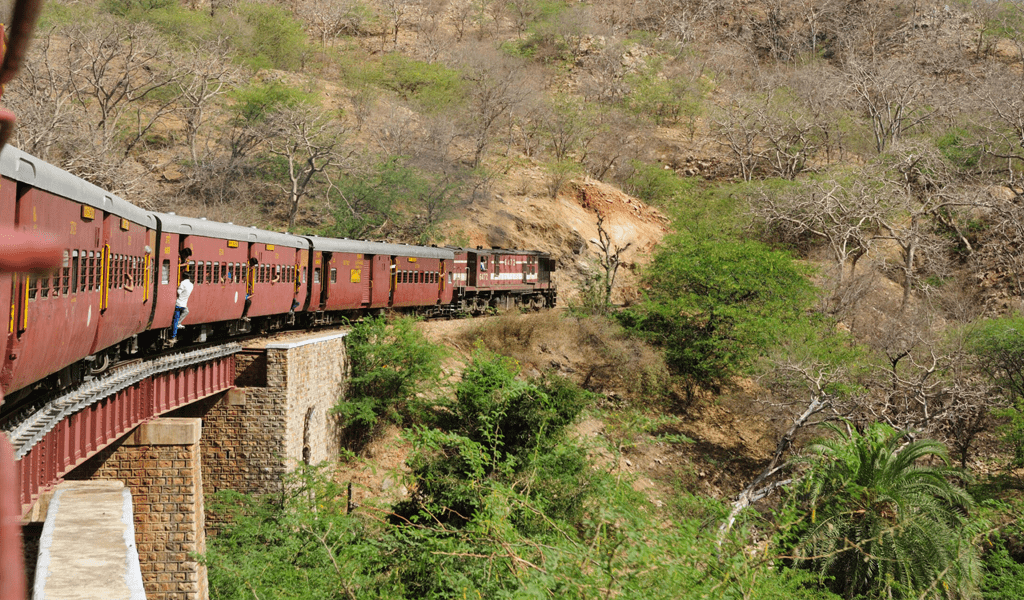
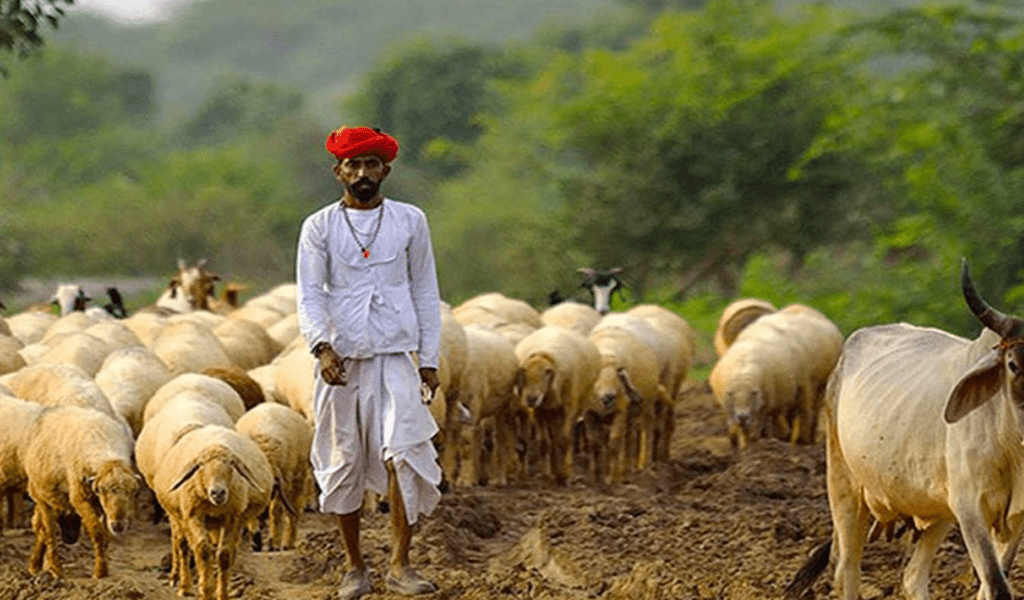
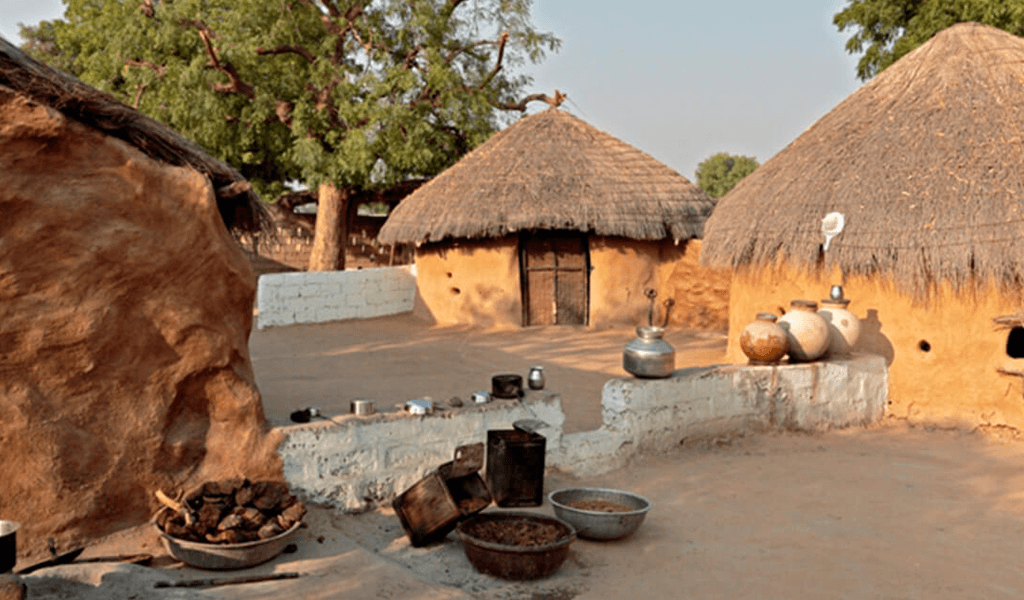
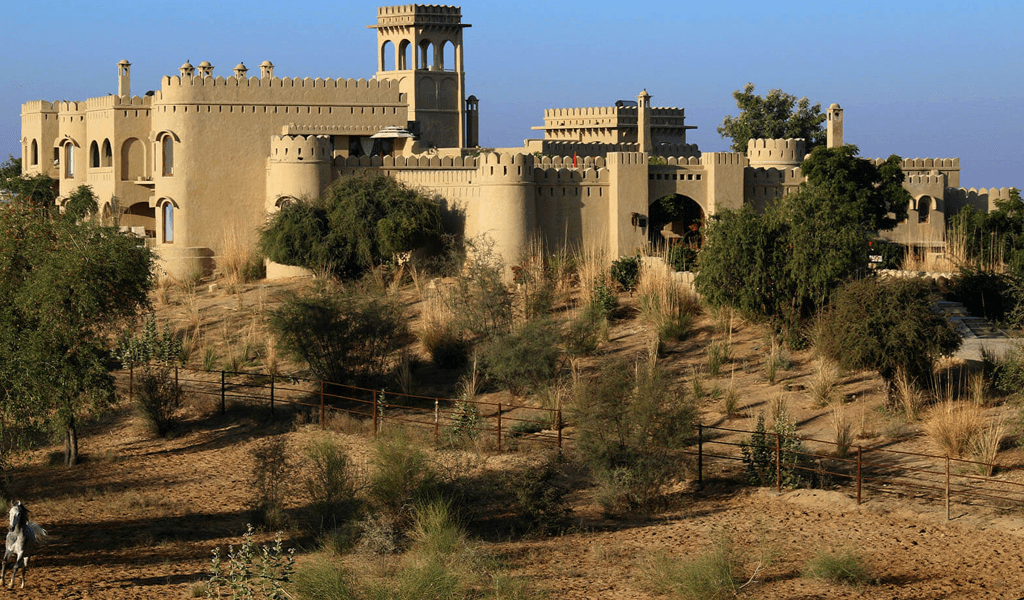
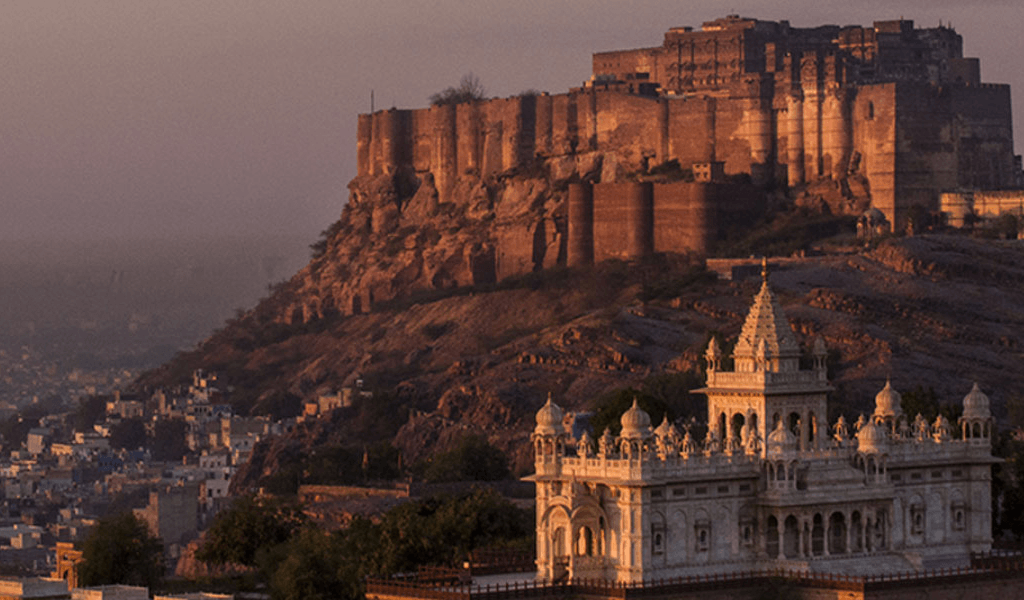
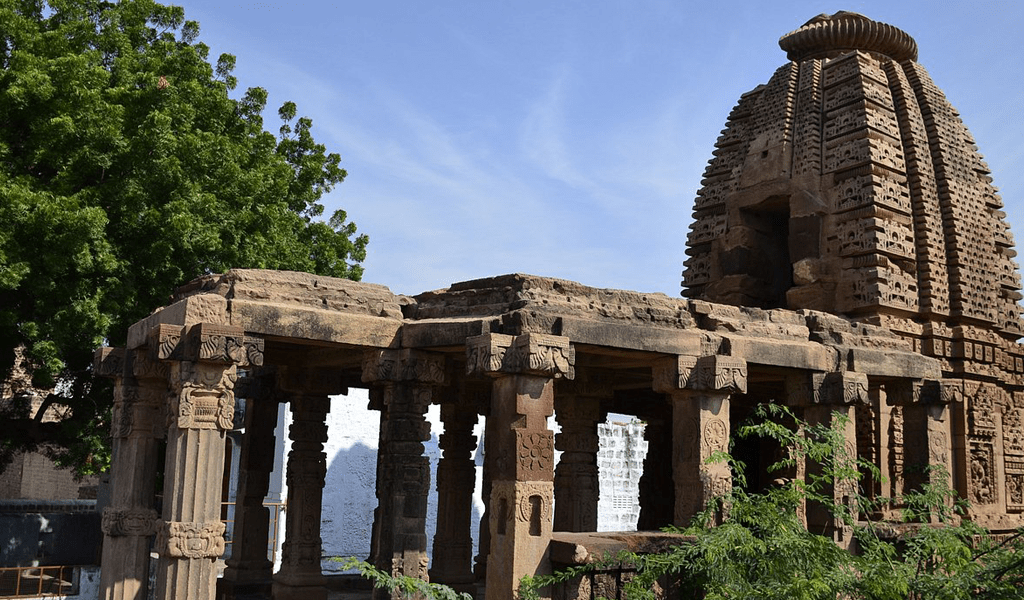
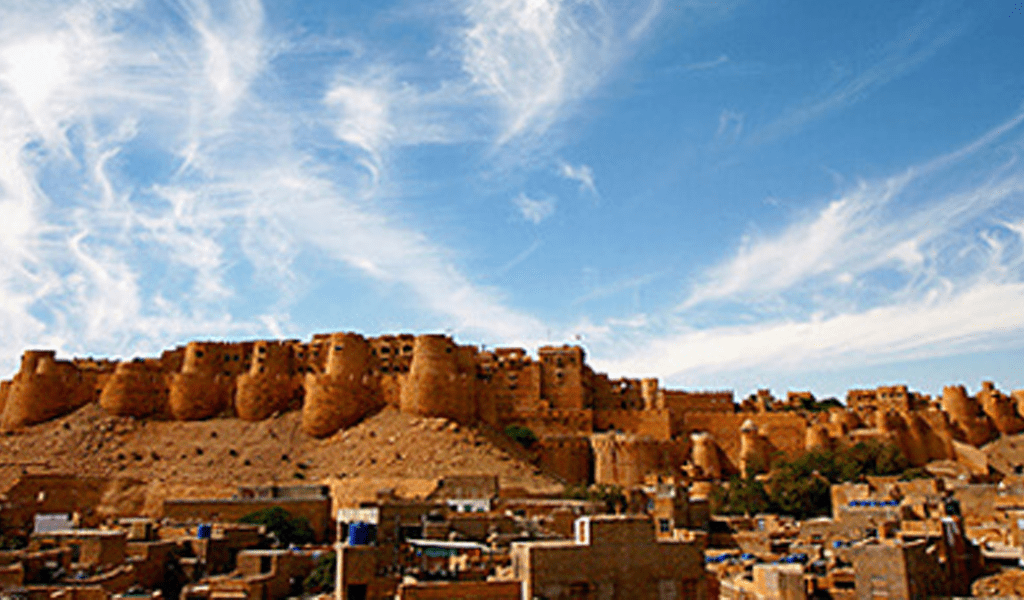
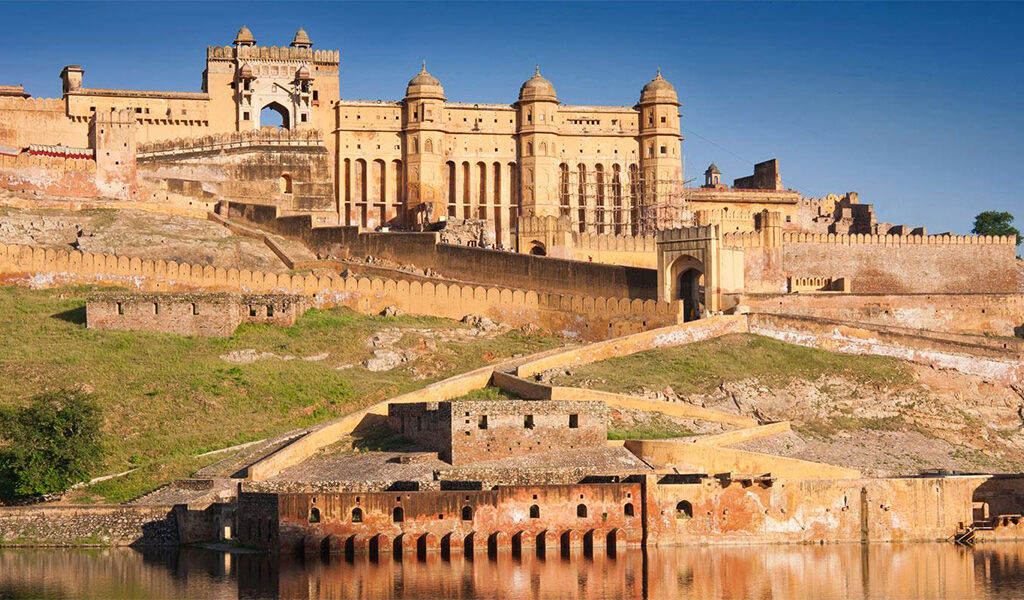
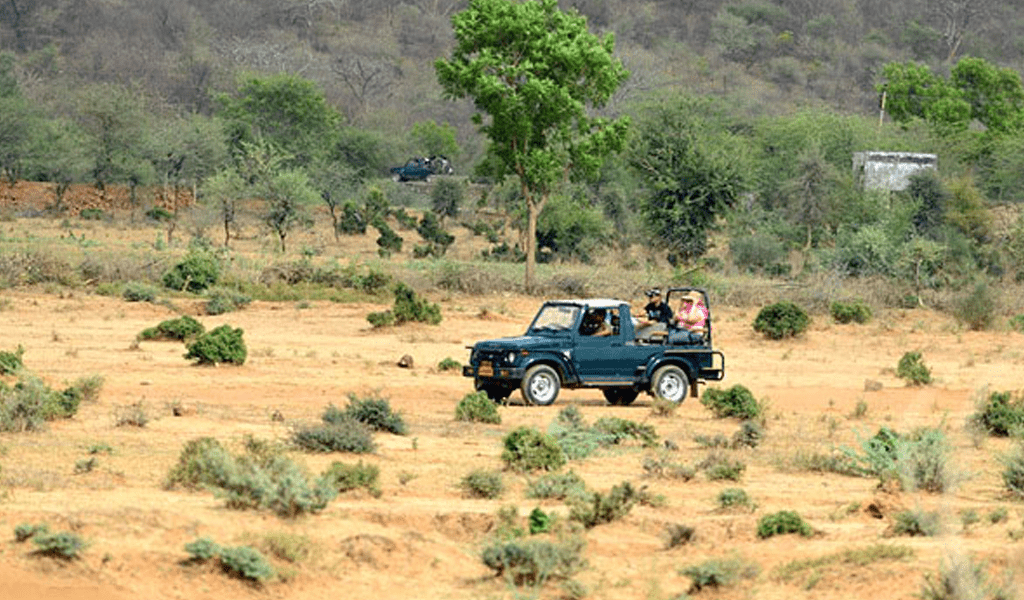
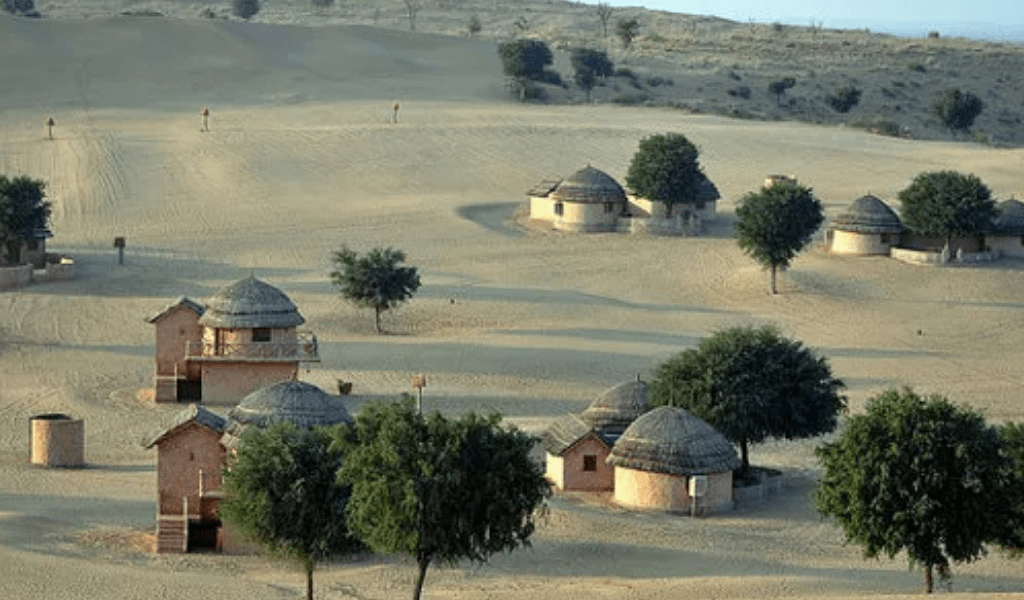
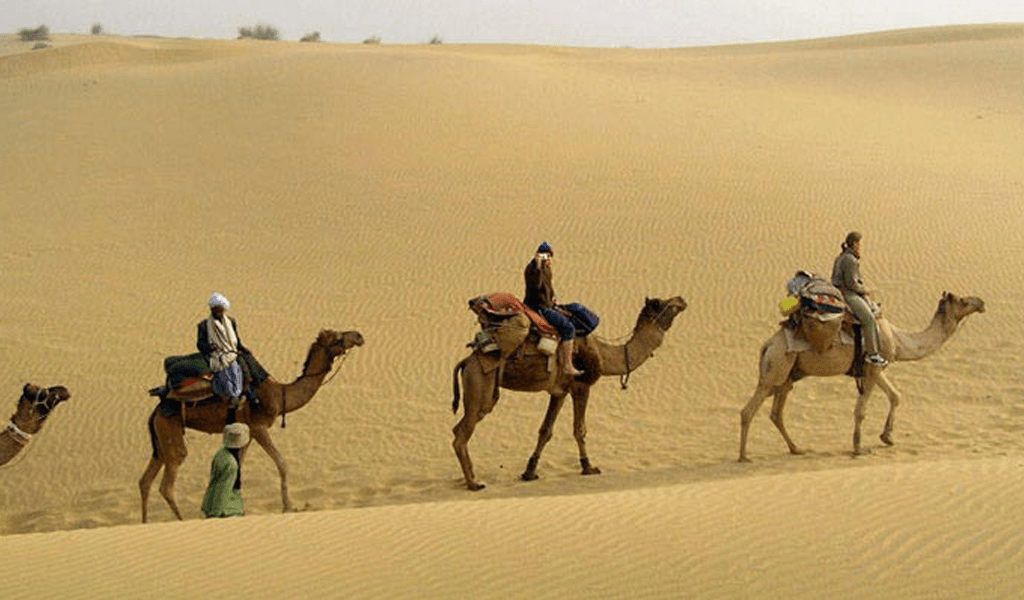
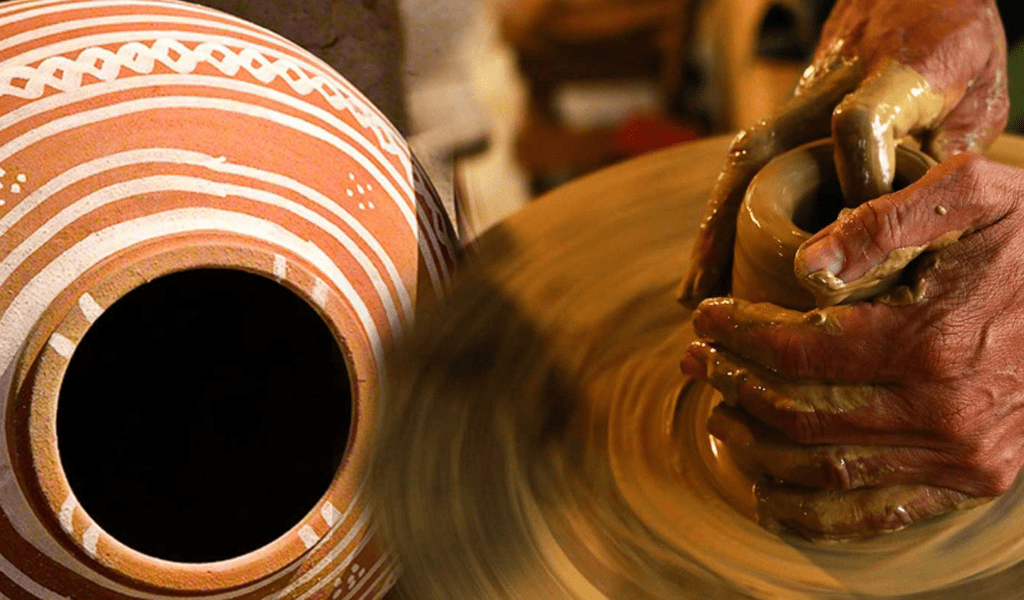
Duration
25 Nights & 26 Days
Highlights
- Meet & Assist
- Guided Sightseeing Tours
- Stay in City & Rural Luxury Hotels
- Jama Masjid, Parliament House, Gandhi Memorial, Red Fort, India Gate, Humayun’s Tomb and Qutab Minar – Delhi
- Mandawa Fort & Popular Painted Havelis (Mansions) – Mandawa
- Junagarh Fort and Royal Family Temple – Bikaner
- Jaisalmer Fort, Golden Fort (Sonar Quila), Jain Temples, Salim Singh Ki Haveli, Patwon Ki Haveli, Raj Mahal & Camel Ride on Sam Sand Dunes with Dinner – Jaisalmer
- Surya (Sun) Temple – Osian
- Khimsar Fort, Camel Safari, Dance Performances & Black Buck Safari – Khimsar
- Mehrangarh Fort and Jaswant Thada – Jodhpur
- Village Safari, Bishnoi Village Jeep Safari – Mihirgarh
- Train Safari & Village Jeep Safari – Jojawar
- Village Jeep Safari & Step well Dinner – Narlai
- Morning & Evening Leopard Safari – Jawai
- Kumbhalgarh Fort, Ranakpur Jain Temples, Badal Mahal, Vedi Temple, Parshuram Temple, Neelkanth Mahadeo Temple, Kumbhalgarh Wildlife Sanctuary – Kumbalgarh
- Jain Temples – Devigarh
- Saheliyon Ki Baari, Jag Mandir Palace, Bhartiya Lok Kala Mandir, Lake Pichola Boat Ride, City Palace & Jagdish Temple – Udaipur
- Romantic Cruise on Chhatra Sagar Dam, Temple of Nimaaj & Nimaaj Palace – Nimaaj
- Pushkar Lake, Brahma temple – Pushkar
- Hawah Mahal, City palace, Jantar Mantar, Albert Hall Museum & Amer Fort-Jaipur
- Battery rickshaw ride at Taj Mahal Agra & Fatehpur sikri.
Delhi, Madawa, Bikaner, Jaisalmer, Osian, Khimsar, Jodhpur, Mihirgarh, Jojawar, Narlai, Jawai Bandh, Kumbalgarh, Devigarh, Nimaaj, Pushkar, Jaipur, Fatehpur Sikri, Agra, Delhi
You will be met and assisted on arrival at Delhi Airport and transferred to your pre-booked hotel.
Rest of the day at leisure to relax.
With old monuments and busy neighbourhoods subtly merging with a vibrant and contemporary cosmopolitan world, Delhi, the capital of India, is a fascinating tourist destination. Poised along the banks of River Yamuna, Delhi, which is almost 1,000 years old, offers a mesmeric mosaic of experiences, both heritage and contemporary. While the former honour the elegant ageing of centuries-old Delhi, the latter reiterate that the capital is the heart of Indian democracy, and can keep pace with the most advanced of the metropolitans of the world.
Overnight stay at the hotel.
Post breakfast, proceed for sightseeing of Old and New Delhi. Witness attractions like Jama Masjid, Parliament House, Gandhi Memorial, Red Fort, and India Gate.
Post lunch, visit Humayun’s tomb and Qutab Minar.
At the end, enjoy a light and sound show at Red fort in the evening.
Overnight stay at the hotel.
Post breakfast, checkout and drive to Mandawa.
Mandawa was once an important city in Rajasthan and was founded by the Rajputs in the 18th century. The main attraction here is the Mandawa Fort, around which the town developed. Ensconced in the Aravallis, the fort was established to protect the flourishing trading outpost of Mandawa in the Shekhawati region. Today, it has been converted into a heritage hotel and is famous for its painted arched gateway, beautiful frescoes, exquisite carvings, paintings of Lord Krishna and mirror work. The Mandwa Fort was built by Newal Singh, the first descendant of the Shekhawati rulers. Mandawa is also famous for its beautiful havelis that are a trademark of the Shekhawati region, which is also known as the world’s largest open-air art gallery.
On arrival, check-into the hotel.
After resting for a while, proceed for sightseeing to explore Mandawa Fort & popular painted Havelis (mansions) of the Shekhawati region.
Overnight stay at the hotel.
Post breakfast, checkout and drive to Bikaner.
A vast expanse of golden undulating sand dunes surrounds the vibrant and bustling city of Bikaner, ensconced in the desert state of Rajasthan. Nestled in the Thar Desert, this ancient city is adorned with gigantic and spectacular forts and palaces that invite thousands of tourists across the globe. The old part of the city stands as a silent witness to the rich history of the region when it was ruled by Rao Bika, the prince of the Rathore clan, in 1488. Surrounded by high stone walls, the older part of the city is a pot-pourri of culture and tradition. Five gigantic gates lead you into a labyrinth of lanes that are dotted with quaint bright red and yellow sandstone houses. At the same time, its modern counterpart takes you on a roller coaster, with its bustling bazaars, exquisite handicrafts and delicious cuisine. Bikaneri shawls, blankets, carpets, and candy are famous along with lacquerware handicrafts that make it a hotspot for shoppers. From beautiful glass work and attractive mojris (traditional shoes) to pottery, you will be spoilt for choice. While in Bikaner, don’t forget to buy the Geographical Indicator (GI) tag, bhujiya, which is a delightful snack.
Bikaner’s deserts offer thrilling camel safaris. This unmissable experience is a great way to soak in the traditional essence of the city, when camels were the only mode of transport and long journeys were traversed on their backs.
On arrival, check-into the hotel.
Post lunch, proceed for sightseeing tour of Bikaner, visiting the famous Junagarh Fort and private temple of the royal family.
Overnight stay at the hotel.
Post breakfast, checkout and drive to Jaisalmer.
On arrival, check-into the hotel.
Rolling hills of honey-hued sand dunes, vast barren expanses, contrasting colours and mesmerizing historical treasures, make up the stark beauty of the enchanting city of Jaisalmer. The city holds the still-inhabited Jaisalmer Fort at its heart, which seems to rise out of the desert like a mirage and looks ablaze as the golden rays of the sun bathe it.
Encircled by 99 bastions, this fairytale-like-fort enthrals you with its grandeur. This far-flung city of Rajasthan invites tourists from across the globe with its intricately carved temples, narrow streets and almost perfectly concealed delights, which can be explored through camel rides amidst the mystic desert. Jaisalmer has a history dating back to the prehistoric period, which is preserved in the Akal Wood Fossil Park.
Legend has it that Rawal Jaisal, the eldest heir of the Rawal of Deoraj, was passed over the throne of Lodurva and his younger half-brother was crowned king. In a quest to redeem himself, he went looking for a new capital when he came across a sage who told him an ancient prophecy. This led to Rawal Jaisal constructing a mud fort in the area in 1156 and naming it Jaisalmer after himself. Jaisalmer literally translates to hill fort of Jaisal. Its location on the ancient trade routes led to the fabled riches and indulgent style of architecture. Jaisalmer is also known for its wood carvings, local artistry and fabulously rich cultural heritage of performing arts.
Post lunch, day at leisure or you can visit the local market for handicrafts and traditional clothes.
Overnight stay at the hotel.
Post breakfast, enjoy Jaisalmer city tour.
Visit Jaisalmer Fort also known as Golden Fort (Sonar Quila), Jain temples, Salim singh ki haveli, Patwon ki haveli and the Raj Mahal.
Post lunch, afternoon at leisure.
Later in evening, enjoy a camel ride on Jaisalmer’s mysterious Sam sand dunes with dinner around the bonfire.
Overnight stay at the hotel.
Post breakfast, checkout and drive to Khimsar.
On the way, visit, Osian an ancient desert town that is dotted with temples and architectural marvels. The main attraction is the Surya (Sun) Temple, dedicated to the Sun God. Other tourist attractions include Harihara Temple, Sachiya Mata Temple and a Jain temple dedicated to Lord Mahavira.
Also known as Upkeshpur, Osian was an important trading centre between the 8th and 12th centuries. Dominated by the Jains, who left a legacy of exquisitely sculpted, well-preserved temples, During the Pratihara dynasty, Osian was believed to be the major religious and cultural centre of the Mewar kingdom. The entire region has various cultural influences from historic times owing to its strategically important location during the Gupta, Naga and Pratihar dynasties.
Afterwards, resume driving to Khimsar.
The village of Khimsar is nestled amidst the sand dunes of the Thar Desert. The most popular attraction is Khimsar Fort that was built in the 18th century. Tourists can enjoy an exploratory walk through the fort’s wide corridors, past scarred walks that allude to Khimsars colourful past. The fort once housed a small kingdom within its premises, established by the ruler of the house of Jodhpur. The forts’ construction is said to have begun in 1523, but the royal family only started living here once the ladies’ quarters were built in the 18th century. At present, Khimsar Fort is the official home of the 18th, 19th and 20th generations of the Khimsar Thakurs.
On arrival, check into the hotel.
The evening is scheduled for camel safari, unique folk music and dance performances.
Overnight stay at the hotel.
Post early breakfast, checkout and proceed for Black Buck Safari in The Panchala Black Buck Reserve. Home to three species of antelope, the Blackbuck, Chinkara and Blue bull, The Panchala Black Buck Reserve also has Demoiselle cranes which migrate from Southern Europe and North Asia between October and March.
Post safari, drive to Jodhpur.
With a sea of sapphire-blue painted houses and guarded by the gorgeous Mehrangarh Fort, the city of Jodhpur, is an architectural marvel. A labyrinth of medieval lanes, interspersed with vibrant markets, criss-cross the city, which enjoys a languid pace of life.
To experience the soul of the city, head to its bustling bazaars that offer a fine selection of the spiritual Pichwai paintings, Jodhpuri pants or breeches, exquisite bandini or bandhej (tie and dye) sarees, beautiful badla embroidered lehengas and morchang, a popular Rajasthani folk music instrument. The city boasts a busy culinary scene and sampling local delicacies like the savoury pyaz-ki-kachori, the spicy mirchi bada and the thick and sweet makhaniya lassi, is an unforgettable experience.
As you explore further, Jodhpur charms you with its rich royal legacy that is evident in notable landmarks like the opulent Umaid Bhawan Palace, the majestic Jaswant Thada and the scenic Mandore Gardens, all of which were built by the city’s erstwhile rulers. A 10-km-long wall with eight huge gates divides the old and the new parts of the city, giving tourists an opportunity to experience the unique features of Jodhpur’s ancient past rubbing shoulders with its cosmopolitan present.
On arrival, check-into the hotel.
Afternoon sightseeing tour of Jodhpur.
Visit the Mehrangarh Fort, which has beautiful miniature paintings and huge courtyards & Jaswant Thada.
Overnight stay at the hotel.
Post breakfast, checkout and drive to Mihirgarh.
Mihirgarh is the majestic fort, seems to be emerging from the desert and complements the rugged beauty of the land. Mihir Garh boutique hotel is pure luxury, with plenty of cosy alcoves to relax and enjoy the spectacular view. The fort holds nine magnificent suites. Each one is more than 1700 square feet of pure luxury. Private Jacuzzi’s or plunge pools with each suite, re-define the word indulgence. Numerous alcoves, lounges and common areas commanding spectacular views have been designed to experience intimacy.
On arrival, check-into the hotel.
Afternoon at leisure to relax.
Later in evening, enjoy village safari and experience life in rural Rajasthan. The Village Safari is one of the main attractions of Mihirgarh. It is a cultural experience, which encompasses all that this region has to offer.
Overnight stay at the hotel.
Post breakfast, proceed for Bishnoi village jeep safari.
The Village of Bishnoi offers glimpses of the rural life of Rajasthan in an expanse of dry Desert and swaying trees. One can explore the scenic beauty and mingle with the tribes of this area.
Bishnoi tribes of the village are staunch worshippers of nature in all its forms, especially the sanctity of plant and animal life. They even pray to the green trees and animals that inhabit their land, and are strict vegetarians. Apart from giving an insight into the lives of the tribal communities, the safari includes an expedition to Guda Bishnoi Lake, where one can find various species of exotic migratory birds and endangered species of animals, like blackbucks and chinkaras, for whom the lake is the primary water hole.
During the safari, you can also interact with families of weavers, potters and shepherds who have been in the trade for generations. They can give you an insight into the history.
Afterwards, return to hotel.
Overnight stay at the hotel.
Post breakfast, checkout and drive to Jojawar.
Jojawar, a small and friendly village, offers the view of authentic Rajasthani rural life. With Aravali hills towards the east of Jojawar, you will come across plenty of Rabaris, the indigenous camel herders and shepherds who are settled around these landscapes.
On arrival, check-into the hotel.
Afternoon at leisure to relax.
Later in the evening, enjoy a town walk to explore Jojawar; the small town is a hidden gem in the county, exploring it on foot accompanied by one of a guide is a great way to experience life here as it unfolds before your eyes.
Overnight stay at the hotel.
Post breakfast, proceed in a jeep to Kambli Ghat or Phulad Railway station to board the train for train safari.
On arrival at the Railway station, an orientation tour is given by our executive.
The duration train safari is 1hr – 15min for 25km.
The train route between the cities of Jodhpur and Udaipur goes up the scenic Kambli Ghat Pass. One of a wonderful experience is this daily train service from the station at the start of the hill section to the highest station in the Aravallis – the Kambli Ghat station, or the other way round. The engine laboriously and slowly pulls the train through the most beautiful forests and hills that you get to see in the state, this one hour ride is really unique as you even get to interact with the locals who’ll readily share their seats with you and try their best to make conversation with you while trying to suppress the surprise and excitement of sitting next to a foreigner from far-away lands. The drive to and back from the stations in a resplendent vintage Chevy, taking a break for tea and cucumber sandwiches at a tiny Forest Rest House. The entire excursion is escorted by one of our executives.
Post lunch, proceed for jeep safari and experience the rural areas around Jojawar.
It is said that the real India is its rural areas, the country around Jojawar boasts of very interesting landscapes, with the picturesque Aravalli Hills in the east, and broken rocky hills interspersed with farms and scrub forests all around. The Pre- Cambrian Aravalli Hills are one of the oldest mountain ranges of the world, and a geologist’s paradise. The camel herding Rabaris are an ethnic group only to be found around Jojawar. All this makes the Jeep Safari the most popular excursion. Visit homesteads of these Rabaris, into farms, through pretty little hamlets where time seems to have stopped, and take a break under the shade of drooping acacias next to a very beautiful small shrine dedicated to a folk deity. Some routes had to be excavated so as to see as much in the given time. Unlike any other, this jeep safaris is undertaken in classic vintage vehicles – which makes the whole experience very special.
Later in evening, return to hotel.
Overnight stay at the hotel.
Post early breakfast, checkout and drive to Narlai.
At the base of a rugged hillock, Narlai a tiny village is full of hidden gems: this area is home to several caves, temples, wildlife, a magnificent 1,000-year-old step well and 17th-century hunting manor of the royals of Jodhpur, the Rawla Narlai (rawla means royal palace) which has been converted into a heritage hotel now. Surrounded by forested hills; Narlai is arguably one of the most beautiful rural locations in Rajasthan.
On arrival, check-into the hotel.
Post check-in, enjoy a countryside jeep safari to explore the entire village. Witness village houses and connect with the locals, enjoy the view atop an enormous white elephant sculpture on Narlai Hill, or visit Sage Shri Narad cave temple.
Later in afternoon return to hotel.
Enjoy a memorable dinner at the step well. Some moments tend to stay with you for the rest of your life. The exquisite dinner at the step well in Narlai is one of such experiences. In true Rajasthani style, get adorned with turbans and scarves and hop on the bullock carts arranged especially for the evening, guided by a local into the dusk, swaying to the movement of the cart, watch the village slowly turning in for the night and the starlit sky unfolding above you, reach your destination lit by hundreds of lamps. A culinary journey awaits guests that ignite the taste buds with elaborate fare offered over the next couple of hours. The traditional Rajasthani Thali served depicts a brilliant play of gourmet preparations.
Overnight stay at the hotel.
Post breakfast, morning at leisure to relax.
Later in the afternoon, checkout and drive to Jawai.
Jawai, is celebrated for spectacular views spellbinding, billion-year-old granite rock formations with, dramatic wilderness. Jamai has an attractive population of leopards, hyenas, crocodiles, sloth bears and a variety of birds, coexisting comfortably with the charismatic communities.
This area commonly referred to as Jawai Bandh due to a nearby dam on the river. Maharaja Umaid Singh of Jodhpur helped in the foundation of the Jawai Bandh (Dam) that is much more than a dam structure. It has become home to all the people and animals living around.
On arrival, check-into a tented camp or hotel set in a dramatic location amongst craggy boulders, lovely water bodies and green fields.
Afternoon at leisure to relax.
Later in the evening, enjoy a game drive in search of leopards.
Overnight stay at the hotel / tented camp.
Early morning & evening safari through your stunning surroundings, continuing your search for the elusive leopards.
During the day, visit the nearby small villages to gain insight into daily community life. Meet some of the distinct village personalities, visit a traditional home, explore the village trade and witness insights of Indian village society.
Overnight stay at the hotel / tented camp.
Post breakfast, checkout and drive to Kumbalgarh.
A gem of Rajput legacy, Kumbhalgarh is a fortress town that has the second-longest wall in the world, after the Great Wall of China. A UNESCO World Heritage Site, the Kumbhalgarh Fort lies within the Kumbhalgarh Wildlife Sanctuary that was the erstwhile hunting grounds of the rulers of Mewar. Also, the birthplace of the legendary Rajput ruler, Maharana Pratap, Kumbhalgarh was one of the most prominent fortresses of Mewar. It was established by Rana Kumbha and his successors, who belonged to the Hindu Sisodia clan of Rajputs.
Kumbhalgarh is situated on the western ranges of the ragged and high Aravallis, making it virtually inaccessible in the 15th century. There are as many as 84 forts in the area out of which 32 are said to been built by Rana Kumbha. In ancient times, Kumbhalgarh separated Mewar from Marwar and was used as a refuge by the rulers of Mewar during enemy attacks.
On arrival, check-into the hotel.
Post check-in, proceed for sightseeing tour of Kumbalgarh, visiting Kumbhalgarh Fort, Ranakpur Jain Temples, Badal Mahal, Vedi Temple, Parshuram Temple, and the Neelkanth Mahadeo Temple.
Post sightseeing return to hotel.
Later in the evening, enjoy the jeep safari at the Kumbhalgarh Wildlife Sanctuary.
Overnight stay at the hotel.
Post breakfast, checkout and drive to Devigarh.
On arrival, check-into Hotel, Raas Devigarh an 18th century palace in Delwara village, now turned into a heritage hotel. The palace holds a commanding position over the Aravali hills. It overlooks the village of Delwara that marks one of the three main entrances into the valley of Udaipur.
Post check-in, proceed to visit 14th-century Jain Temples in the village and witness village life. This 450-year-old village has a varied community comprising, and most of its inhabitants work in farming.
Afternoon at leisure to relax.
Overnight stay at the hotel.
Post breakfast, checkout and drive to Udaipur.
Popularly known as the City of Lakes, serene Udaipur is the crowning jewel of royal Rajasthan. With shimmering lakes visible from almost every rooftop, fairytale palaces, sprawling havelis, revered temples and narrow lanes weaving through colourful markets as ancient as the city’s history, Udaipur’s charm is unmatched. Founded by Maharaja Udai Singh II in 1559, the city served as the capital of the kingdom of Mewar after Mughal emperor Akbar besieged its earlier power-centre Chittorgarh. Udaipur is also referred to as the Venice of the East, a title it has earned for being dotted with numerous lakes (seven to be precise)! Nestled in the mighty Aravalli range, surrounded by dense forests and craggy hills, and magical sunrises and sunsets turning its lakes into pools of gold, Udaipur is one of the most picturesque destinations in the country. Colonel James Tod of the East India Company, who was also a scholar, aptly described the city as “the most romantic place in the Indian subcontinent”.
Visitors can enjoy tranquil boating on Lake Pichola, the largest of Udaipur’s lakes, spend a day taking in the jaw-dropping opulence of City Palace, visit the time-weathered temples, shop at the art and curio stalls that line the streets, enjoy Rajasthani folk music and dance performances, taste mouth-watering cuisine or drive out of the city to discover legends hidden in the wooded Aravalli hills and the impregnable forts dotting its surroundings. No wonder then, Udaipur is one of the most popular tourist destinations in India.
On arrival, check-into the hotel.
Afternoon, visit Saheliyon ki Baari, Jag Mandir Palace and the Bhartiya Lok Kala Mandir.
In the evening, enjoy boat riding on lake Pichola.
Overnight stay at the hotel.
Post breakfast, enjoy a sightseeing tour of Udaipur, visiting City Palace, Jagdish Temple.
Afterwards, a day at leisure to relax.
Overnight stay at the hotel.
Post breakfast, checkout and drive to Nimaaj.
Nimaj is home to the temple of Nimaaj, as well as Nimaaj Palace. Nimaaj Temple is dedicated to Goddess Durga and was built in the 9th century. It has a unique art gallery that showcases some of the masterpieces of the sculptural art of Rajasthan.
On arrival, check-into the hotel.
Afternoon at leisure to relax.
Later in evening, proceed to Jal Tarang for a Romantic cruise at Chhatra Sagar Dam.
Overnight stay at the hotel.
Post breakfast, proceed to explore the temple dedicated to goddess Durga. Also visit the unique art gallery showcasing some masterpieces of sculptural art, adorned within natural surroundings.
Rest of the day at leisure, you can explore the village on your own. Walk in the nearby area, farms, and also interact with the village people.
Overnight stay at the hotel.
Post early breakfast, checkout and drive to Pushkar.
Sprawled around the serene Pushkar Lake, the quaint town of Pushkar boasts a dramatic landscape of sand dunes, lakes, hills and forests. Steeped in spirituality, Pushkar, literally translated, means lotus flower, and is believed to be the seat of Lord Brahma. Thus, Pushkar is among the rare places to house a temple of Lord Brahma. A red-spired structure that was built during the 14th century CE, it invites devotees from far and wide. Legend has it that Lord Brahma once dropped a lotus on the ground, leading to the immediate creation of a lake, which he later named after the flower.
The soul of Pushkar vibrates in its streets and one can enjoy the city through the labyrinth of alleys and lanes, bazaars and the ghats. The Pushkar Fair (Pushkar Mela) that features a fete of cattle, horses and camels is famous all over the world. It is a seven-day affair that takes place during the months of October and November. The liveliness of the fair attracts nearly 2,00,000 people every year, including vendors, buyers and sellers of horses, camels and buffaloes. Various stalls such as those of hand looms, snacks, sweetmeats, ice crushes, bangles, camel saddles are set up to attract visitors.
On arrival, check-into the hotel.
Post check-in, proceed for sightseeing tour of Pushkar, visiting Pushkar Lake, Brahma Temple and local market
Afternoon at leisure to relax.
Overnight stay at the hotel.
Post breakfast, checkout and drive to Jaipur.
The city of palaces and forts, interspersed with historical monuments and gardens that testify the grandeur of the Rajput kings, Jaipur is the gateway to the royal heritage of India. Also called Pink City, it remains suspended in time, with its heritage preserved in the overwhelming Hawa Mahal that gazes down at the bustling streets of Johari Bazaar.
A little away from the city centre, which is resplendent with state-of-the-art cinemas/ movie theatres, eateries, multiplexes, museums and parks, lies the arid hilly country dotted with forts that earlier stood as armoured sentinels of Jaipur. The biggest and the most awe-inspiring is the Amber Fort, which leaves one humbled with its expansive fortifications and grandeur.
Founded by Maharaja Jai Singh II in 1727 AD, Jaipur was the stronghold of the Rajputs, who gave it its everlasting legacy in the form of various heritage sites, arts and crafts, culinary curations etc. Typical Rajasthani cuisine, comprising lal maas, dal-bati-churma, ker sangri and other uncountable recipes, all hold limelight in the culinary culture of India. These can be enjoyed in the quintessential Rajasthani style of sitting cross-legged on mats on the floor and digging in the sumptuous thali, which features up to 20 dishes.
While one can enjoy the various offerings of the city as an outsider, what really sets Jaipur apart is its welcoming spirit that wins you over with its warmth. To symbolize this hospitable culture, the older part of the city was painted pink under the reign of Maharaja Ram Singh in 1876. Although this was done during the British rule when the Prince of Wales came to visit India, many houses are still adorned with the hue to reiterate their signature slogan of ‘Padharo Mhare Desh’ (Welcome to my Land).
Jaipur was designed by architect Vidyadhar Bhattacharya in the early 18th century. Through the years it has transformed into a bustling metropolis while continuing to retain its old-world charm.
A kaleidoscope of many moods and hues, Jaipur is also a fantastic shopping destination. From colourful puppets and bandhni sarees to silver jewellery and lac bangles, it offers a host of knick-knacks and souvenirs to take home along with many fond memories.
On arrival, check-into the hotel.
Later this afternoon, proceed for the Jaipur city tour and visit Hawah Mahal, City Palace, Jantar Mantar and Albert hall museum.
Overnight stay at the hotel.
Post breakfast, proceed to visit Amber Fort (Amer Fort), sitting atop a hill, and rising like a sentinel guarding the city. Commissioned in 1592 by Maharaja Man Singh I, the fort is a fine blend of Rajput and Mughal architectural styles, and boasts a grand palace, temples and several ornate gates. Built entirely of red sandstone with white marble work, the UNESCO World Heritage Site is a picture of opulence and grandeur, set against a stark desert backdrop and rolling hills.
One can either walk up the wide winding uphill road to reach the main gate of the fort or hire a jeep or elephant.
As you get closer to the massive gate, you realize why it was considered almost impregnable by the enemy, when the royal family used to reside here, before they shifted the capital to Jaipur. As you enter, you cross the Suraj Pol (sun gate), which leads to the main courtyard called Jaleb Chowk. Diagonally opposite is the Chand Pol (moon gate). From Jaleb Chowk, a flight of stairs leads up to the small Siladevi Temple, whose doors feature relief work in silver.
The main palace is up next. It includes the Diwan-e-Am (hall for a private audience with the king) with carved columns and latticed galleries, the king’s apartments, the gate Ganesh Pol with beautiful arches, and Jai Mandir or Sheesh Mahal. Stand at one of the many arched windows of the palace and take in the rolling shrub land stretching up to the horizon and the scenic Maota Lake at the foot of the fort. Even after centuries, it’s easy to imagine yourself as a Rajput king, who would stand here and survey his kingdom.
Sheesh Mahal or the mirrored palace is one of the most popular attractions here that draws the largest number of tourists. It is breathtaking with fine marble work and cut-glass and mirror inlaid designs on ceilings and walls. It is said that at night, as earthen lamps flickered inside the hall, the numerous mirrors reflected the light, creating the atmosphere of a start-lit sky.
Afternoon free to explore Jaipur city on your own.
Overnight stay at the hotel.
Post breakfast, checkout and drive to Agra, en route visiting Fatehpur Sikri.
Mughal emperor Akbar built his capital at Fatehpur Sikri between 1572 and 1585 AD. It was constructed using red sandstone. It is said that the emperor, who wished for a son, went to Sikri to get blessed by sufi saint, Sheikh Salim Chishti. He was soon blessed with a son and was prompted to establish his capital here, building a beautiful mosque and three palaces, one each for his three favourite wives. He named the city Fatehpur Sikri, meaning the city of victory. Likewise, he also named his son Salim, after the saint who had blessed him.
On arrival in Agra, check-into the Hotel.
The city of the Taj Mahal, one of the seven wonders of the world, Agra is a popular tourist destination. Steeped in history, this ancient city is dotted with monuments, architectural wonders and beautifully landscaped gardens, which are remnants of the Mughal reign’s majestic legacy. The city also enjoys a vibrant culinary scene while preserving its exquisite arts and crafts.
Agra finds a mention in the epic Mahabharata, where it is referred to as ‘Agraban’ or an integral part of the Braj Bhumi or the land of Lord Krishna. A lot of significant historical events in the city are said to have unfolded during the reign of Raja Badal Singh, a Sikarwar Rajput king, who is believed to have founded the city in 1475.
Agra transformed into a hub of art, culture, learning and commerce. The city’s lip-smacking food, awe-inspiring monuments, and arts and crafts stand as relics of this illustrious antiquity. Its rich repertoire of arts and crafts has seeped into its modern personality too: Agra is a haven for crafts like marble and soft stone inlay work.
Overnight stay at the hotel.
Early morning, visit Taj Mahal by the “Rising Sun” – return to the hotel for breakfast.
Taj Mahal, a UNESCO World Heritage Site, it is featured in almost all literature about India and is one of the most enduring images of the country. Its name is believed to have been drawn from the Persian language: ‘Taj’ means crown and ‘Mahal’ means palace, thus making this the palace of the crown. Interestingly, the queen it was built in memory of, originally named Arjumand Begum, held the name Mumtaz Mahal, which meant the crown of the palace. Although it is best known as a symbol of love, a grieving emperor’s ode to his deceased queen, another legend sees the Taj Mahal as an embodiment of Shah Jahan’s vision of kingship. The story goes that he sought to build something akin to heaven on earth, a spectacular, unbelievably beautiful monument that reinforced the power as well as the perceived divinity of the monarch as next only to the Almighty.
It is also widely believed that Emperor Shah Jahan invited artisans from Italy and Persia to work on this marble monument. A fascinating aspect of this structure is that it looks the same from all four sides, except the one that faces the River Yamuna. This side is said to have been especially embellished to serve as the main entrance for the emperor. Shah Jahan would approach the Taj Mahal from the river, aboard a barge, while the entrance used by tourists today served, at the time, as an entryway for soldiers and common people. There are intricate inscriptions on all four entrances, while marble carvings and pietra dura mosaics adorn the walls. Lapis-lazuli, cornelian, mother-of-pearl, agate and emerald are some of the precious gems and stones that were once used in its design. It is said that work on its construction began in 1631. Legend has it that it took 20 years to complete this architectural marvel.
It is also riddled with optical illusions and masterful architectural safeguards. As one first beholds the monument from the main gate, for instance, the Taj Mahal looks large and imposing, but as you move closer, it appears to shrink in size. Also, the minarets surrounding the edifice, while perfectly upright to the naked eye, have actually been constructed to lean away from it so that, should a disaster like an earthquake come about, they would fall away from and not on the mausoleum.
Post breakfast, rest for couple for hours.
Later, checkout and proceed to visit Agra Fort.
Built by Mughal emperor Akbar in 1565 AD, Agra Fort is a majestic sandstone built as an ode to the magnificence of the Mughal Empire. Encompassing within its 2.5-km-long enclosure walls a stunning imperial city, the fortress is shaped like a crescent, its eastern wall flanked by the River Yamuna. It is said that the construction of the fort was originally begun by Emperor Akbar, but completed by his grandson Shah Jahan, who added most of the marble monuments here. There were originally four gates for entrance, two of which were walled up, and only one is open today – the Amar Singh gate.
Agra Fort is widely considered to be a masterpiece of planning, design and construction. Some of its other internal structures include the stunning Moti Masjid, Diwan-i-Khas (hall of private audience) and Diwan-i-Aam (hall of public audience), once home to the legendary Peacock Throne that was eventually taken to Red Fort in Delhi when Shah Jahan shifted his capital there. There are two prominent mosques inside the fort – Nagina Masjid was built by Shah Jahan as a private mosque for the ladies of the court and Mina Masjid is believed to have been built by him solely for his own use.
Post sightseeing, drive to Delhi.
On arrival in Delhi, transfer to International Airport for flight to onward destination.
